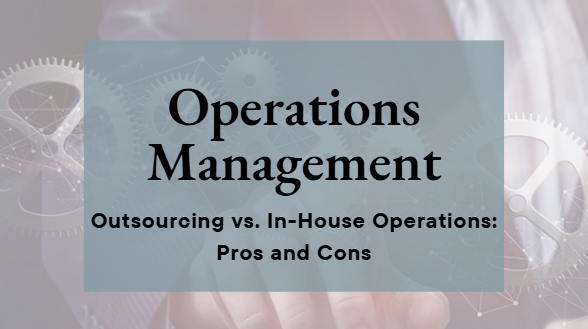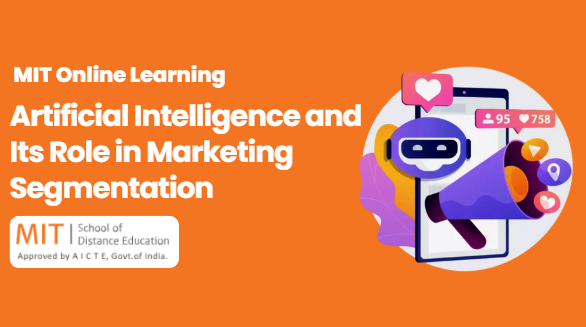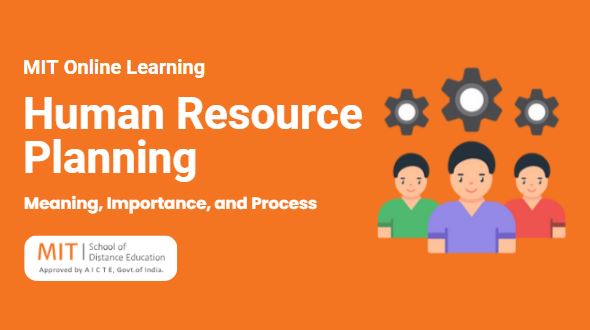
Human Resource Planning (HRP) is a strategic process that ensures an organization has the right number of employees, with the right skills, in the right roles, at the right time to meet its goals. It involves forecasting future workforce needs, analyzing current capabilities, and developing strategies to bridge any talent gaps. Essentially, it aligns an organization’s human capital with its long-term strategic objectives.
Also referred to as workforce planning, HRP helps identify the current and future manpower needs of a business, enabling it to achieve targets more efficiently.
In today’s blog, we’ll cover the basics of HRP, its importance, and how it functions—especially in the context of pursuing a PGDM in Human Resource Management.
What is Human Resource Planning?
Human Resource Planning (HRP) is the methodical process of ensuring that the right people are available at the right time, in the right place, and at the right cost. Employees are among a company’s most valuable assets. Therefore, HRP focuses on identifying ideal candidates and placing them in roles that benefit both the individual and the organization.
Key Aspects of Human Resource Planning
- Forecasting: Estimating future workforce needs based on business growth, retirements, or turnover.
- Workforce Analysis: Assessing current employee capabilities and identifying skill gaps.
- Gap Analysis: Comparing future needs with present talent to spot shortfalls.
- Strategy Development: Designing recruitment, training, and development plans.
- Alignment with Business Goals: Ensuring HR strategies support organizational goals.
- Talent Management: Attracting, developing, and retaining key talent.
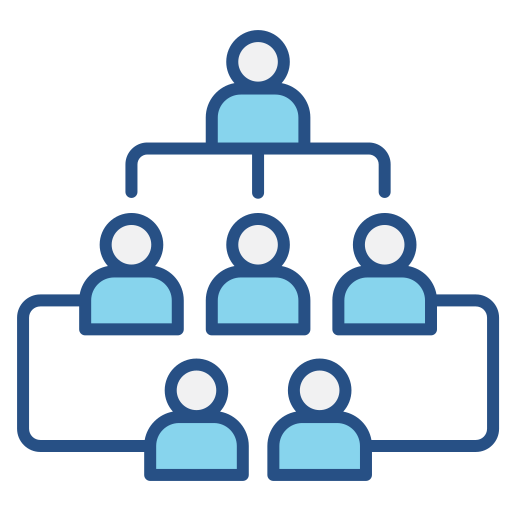
Why is HRP Important?
1. Optimizes Resource Allocation
Ensures optimal use of human capital and avoids over- or understaffing.
2. Improves Efficiency
Matches roles with the right individuals to boost productivity.
3. Reduces Costs
Eliminates redundancies and prevents talent shortages.
4. Supports Business Growth
Helps scale operations efficiently by aligning HR efforts with business goals.
5. Enhances Competitive Advantage
Ensures the organization remains agile and responsive to market changes.
Additional Benefits of HR Planning
- Maximizing Productivity: Efficient staffing, performance appraisals, and proper compensation lead to higher output.
- Supporting Managerial Functions: HRP ensures effective planning, organizing, directing, and controlling by staffing key roles.
- Motivating Employees: Incentive programs designed within HRP boost morale and employee engagement.
- Improving Employee Relations: Training and development initiatives enhance communication and workplace harmony.
- Coping with Change: Enables adaptation to external shifts through proactive planning.
- Demand-Supply Balance: Prevents overstaffing or understaffing by accurate forecasting.
- Quality of Hire: Increases hiring precision through structured planning.
- Gaining a Competitive Edge: By acquiring and retaining top talent, organizations stay ahead of the curve.
The Human Resource Planning Process
- Analyzing Organizational Goals
Understand company objectives and market trends to determine workforce needs. - Assessing Current Workforce
Evaluate existing skills and roles through a talent inventory. - Forecasting Future Needs
Predict future staffing based on retirements, promotions, and business expansion. - Identifying HR Gaps
Compare current workforce with future requirements to spot deficiencies. - Developing HR Strategies
Design recruitment, training, and succession plans to bridge gaps. - Implementing and Monitoring
Execute the strategies and monitor outcomes for continuous improvement.
HRP Tools & Techniques
- Workforce Analytics
- Skills Inventory & Gap Analysis
- Succession Planning
- Scenario Planning
- HR Software & Dashboards
- Employee Engagement & Retention Strategies
- Compensation Analysis
- Learning Management Systems (LMS)
- HR Benchmarking
- 9-Box Grid for Talent Assessment
These tools help organizations proactively manage talent and align HR efforts with strategic goals.
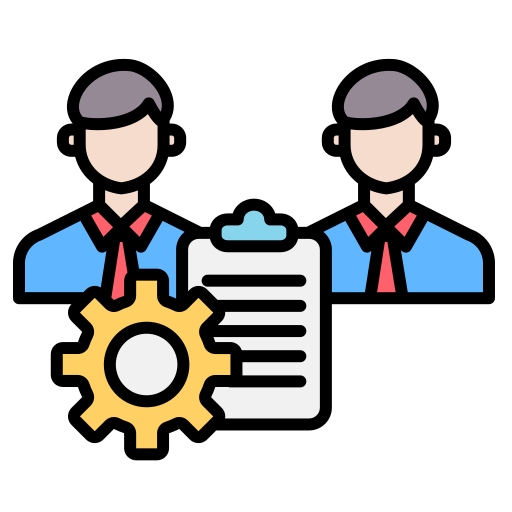
Explore MITSDE’s PGDM HR Courses to Excel in Human Resource Management
MITSDE offers fully online, AICTE-approved PGDM in Human Resource programs ranging from 6 to 24 months. These courses are ideal for working professionals seeking to upskill while maintaining work-study balance.
➤ PGDM Executive in Human Capital Management
Focuses on managing employee well-being, workforce planning, and building a strong employer brand.
Learn More
➤ PGDM in Human Resource Management
Covers modern HR practices, legal frameworks, and strategic workforce planning for HR professionals.
Learn More
➤ PGDBA Human Resource Management
Blends business administration and HR, focusing on real-world case studies and leadership in HR.
Learn More
➤ Professional Certification in Human Resource Management
Ideal for those entering the HR field or enhancing their HR expertise. Includes recruitment, employee relations, and talent management.
Learn More
Final Thoughts
Human Resource Planning is a continuously evolving field crucial for modern business success. Whether you’re looking to enter the HR field or move up the career ladder, MITSDE’s PGDM in HR, online PGDM in HR, and PGDM HR courses are tailored to help you thrive in today’s dynamic workforce environment.
Explore the right PGDM in HR online course today and ensure your growth trajectory remains upward.
Visit MITSDE’s official website and start your upskilling journey now!


